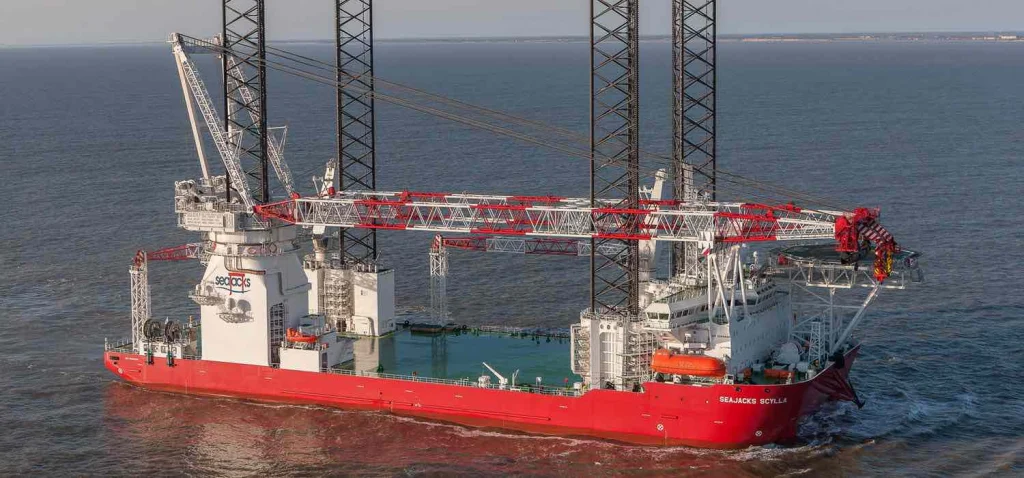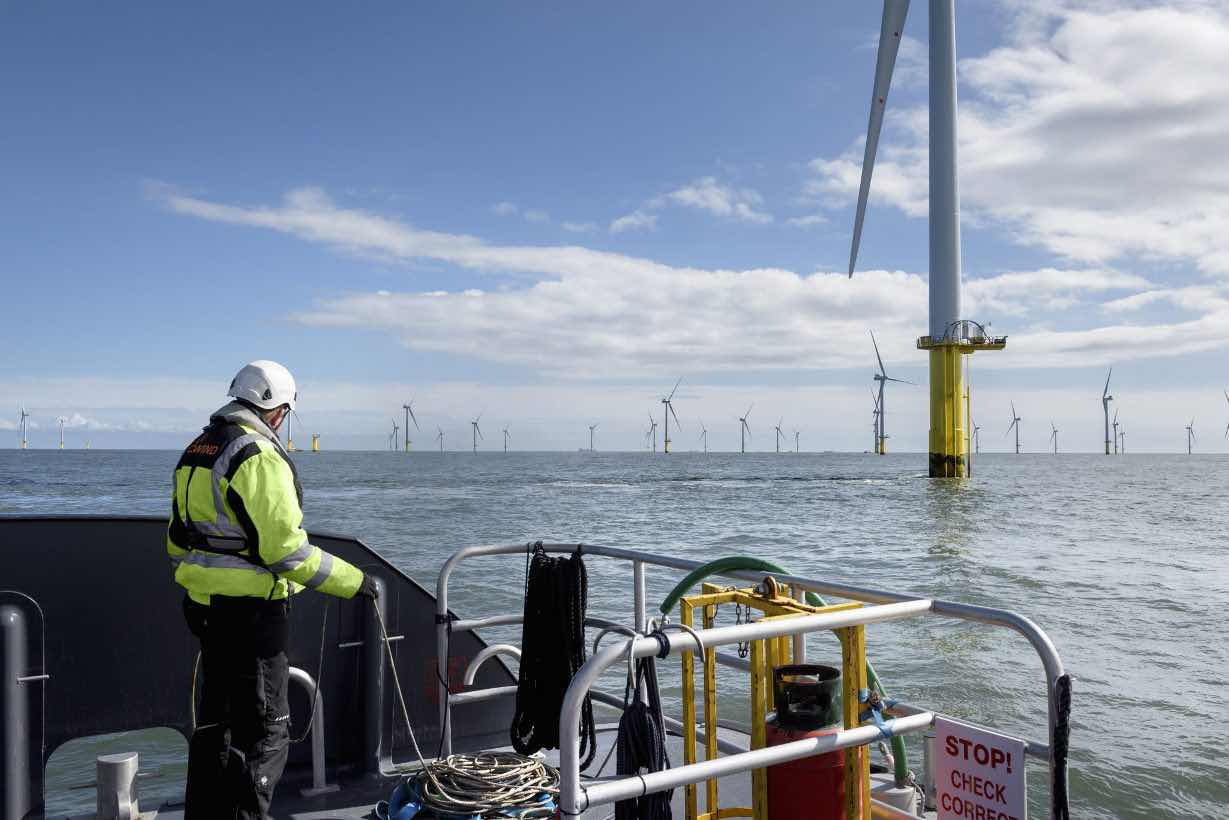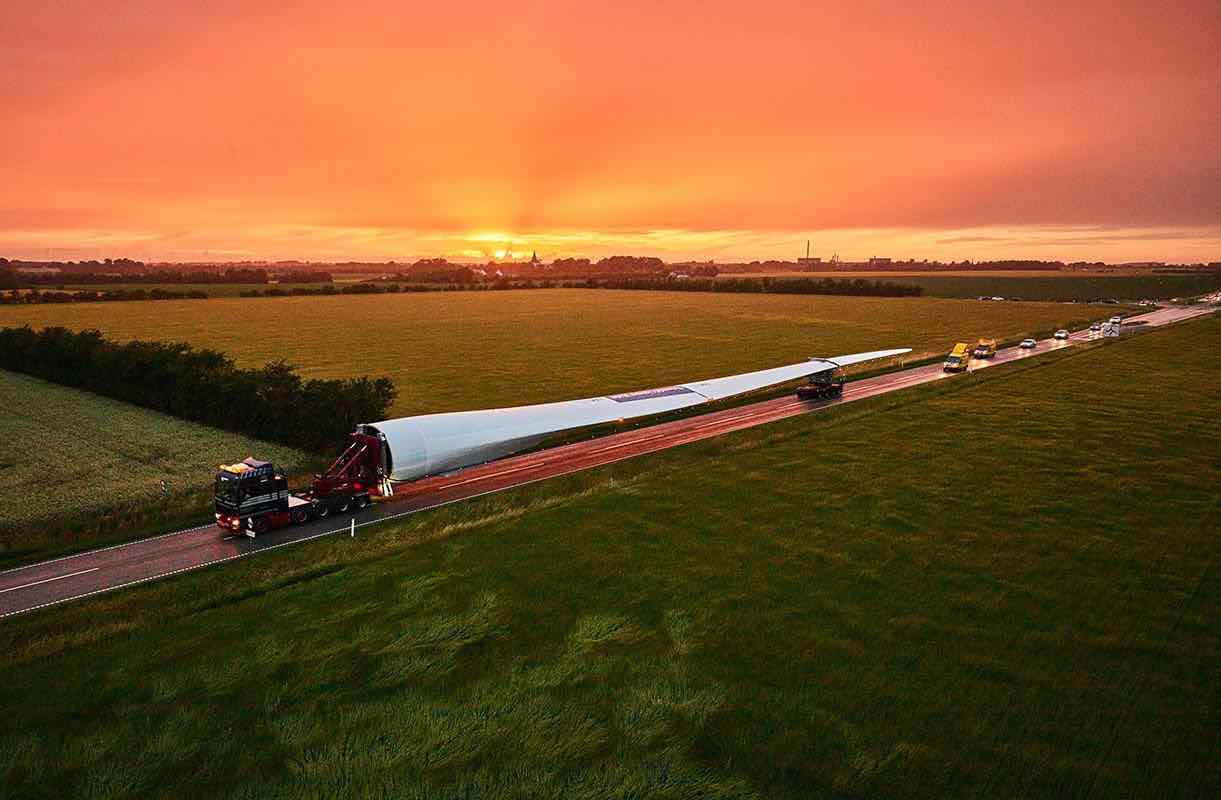28 November 2024
Why put $10m wind turbines in the middle of the sea?

Installing $10 million offshore wind turbines in the middle of the ocean is a complex process. This is a brief introduction to the concept of harvesting wind power.
Wind Power Concept
The world is changing and so are its energy needs. In a race to combat the effects of climate change, governments are investing in a wide variety of renewable energy sources.
One of the fastest-growing energy solutions for coastal and island countries is offshore wind farms. These massive complexes are made up of huge turbines that harness the energy of ocean winds converting it into electricity and then sending it back to the shore to be used alongside power from conventional sources.
Currently, three countries the UK, China, and Germany account for more than 75% of the world’s wind farm capacity but things are changing fast. Wind power has been in use for centuries in one way or another with the first true farm coming online as far back as the 1980s. Now, the largest wind farm project in the world is the dogger bank wind farm which is being constructed about 180 miles east of the coast of Yorkshire in the UK. When completed, this massive farm will include over 200 individual turbines.
Wind Turbine Working Principle
Since the 1990s the power output of wind turbines has drastically increased. Greatly improving their potential to someday power the world. But despite these advances in technology, the manner in which wind turbines work has remained largely the same.
As the wind blows it flows along the airfoil blades causing them to spin. This spinning powers a drive shaft and electric generator built into the turbine itself. As electricity is produced it is sent back ashore via underwater cables.

Since offshore winds blow at higher and more constant speeds than those we experience on land, they have the potential to produce far more energy than their terrestrial counterparts.
This makes them a logical investment for any country looking to find greener sources of power. Of course, there are always significant challenges when working at sea.
Challenges
One of the most notable is the sheer size of modern wind turbine components. Some of the latest models are over 490 feet tall and feature blades the size of an NFL field. Clearly, installing a turbine three times the size of the statue of liberty is difficult enough but doing so at sea is incredibly challenging. It’s not uncommon for bad weather and poor visibility to delay installations by weeks at a time. Moreover, the potential for equipment loss or damage is much higher than it would be on land.
This is why most turbine components are prefabricated for easy shipping, then assembled at sea by special sea-jacking ships. These jack-up vessels are designed with supporting legs that can be raised or lowered to the seafloor to provide stability during offshore operations.
Sea Jacks
Launched in 2015 Seajacks Scyla is amongst the largest and most advanced jack-up vessels out there. Equipped with 345-foot legs that give it the stability to perform installation in water depths of up to 213 feet. The massive deck space is carrying the wind turbine components and houses the main crane with a massive payload capacity as well as the two auxiliary cranes to hoist the components during installation.

Operation
Traditionally, turbines were standing atop steel or concrete foundations. However, deep-sea turbines must remain floating atop spar buoys tension-like platforms, or other types of riggings. Though the operation of these turbines is simple enough, the technology is not. So, maintenance is a constant source of headaches and can be a dangerous feat. Even getting onto the access tower in the rough seas can be life-threatening.

However, several rescue procedures have been set in place even for unimaginable scenarios like falling unconscious while you’re suspended hundreds of feet in the air.
Despite the challenges and costs in their development, more and more nations worldwide are looking to develop or expand their offshore wind industry including Norway. Recently, this Scandinavian country announced that it has some 63 different offshore products underway with two already fully functioning. And, in spite of the fact that it is western Europe’s largest oil and gas producer, Norway has committed itself to renewable energy. With the addition of these wind farms, the country hopes to supplement its hydro and geothermal efforts to become 100% renewable within the next few decades.
Land-Based Procedures
Though unpredictable seas are not as much of a factor, transporting and installing wind turbines on land present their own unique set of challenges. For instance, most wind farms are located in remote areas or on top of mountains. Not only is special equipment required to install it upon arrival but special trucks are needed to transport the 300-foot-long turbine blades from place to place. Most of these vehicles have self-steering trailers at the back to help them negotiate tough turns. Others, feature telescoping trailers to accommodate various component lengths.

Still, even with specialized transport equipment accidents do happen. Be it from slippery mountain roads, bad conditions, or poor driving. Not every turbine makes it to its destination safely.
Conclusion
Wind power and wind farms have demonstrated a lot of potential to aid the green energy movement. Debates still rage about the cost benefit of this sort of investment. Indeed, many governments still feel wind turbines are too expensive and not efficient enough to handle the world’s energy needs.
Even Norway with its 63 wind farm projects currently gets 95% of its electricity from hydroelectric power. Iceland, which is already 100% renewable, uses primarily geothermal energy. China, which is investing in multiple forms of renewable energy, recently unveiled the 850-megawatt Longzhangia dam solar park which is the largest in the world.
And while the renewable energy problem has by no means reach a solution, there are a lot of reasons to be optimistic for the future.
See Also
Why underwater cables are so expensive? Get up to speed on underwater cables construction, application, recycle while also advanced cable laying vessels.

The reason why underwater cables are so expensive
Why underwater cables are so expensive? Get up to speed on underwater cables construction, application, recycle while also advanced cable laying vessels.


